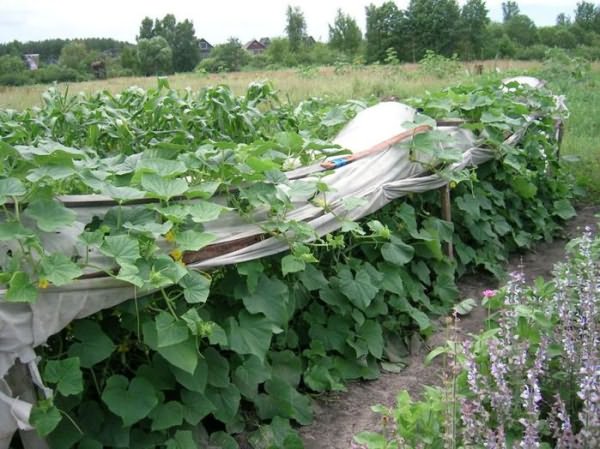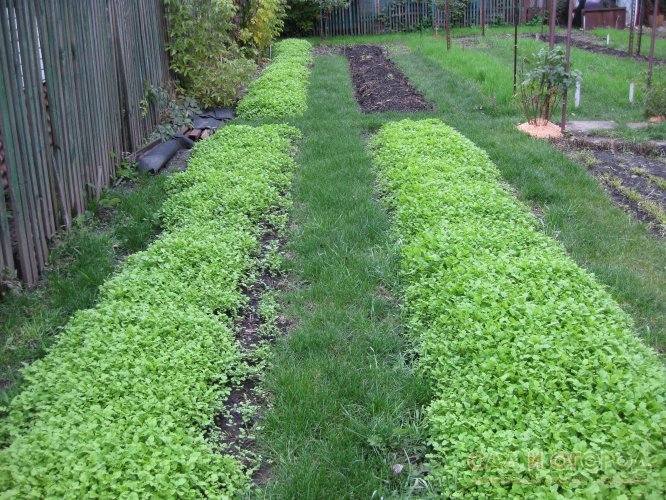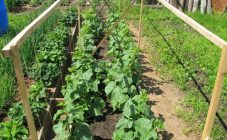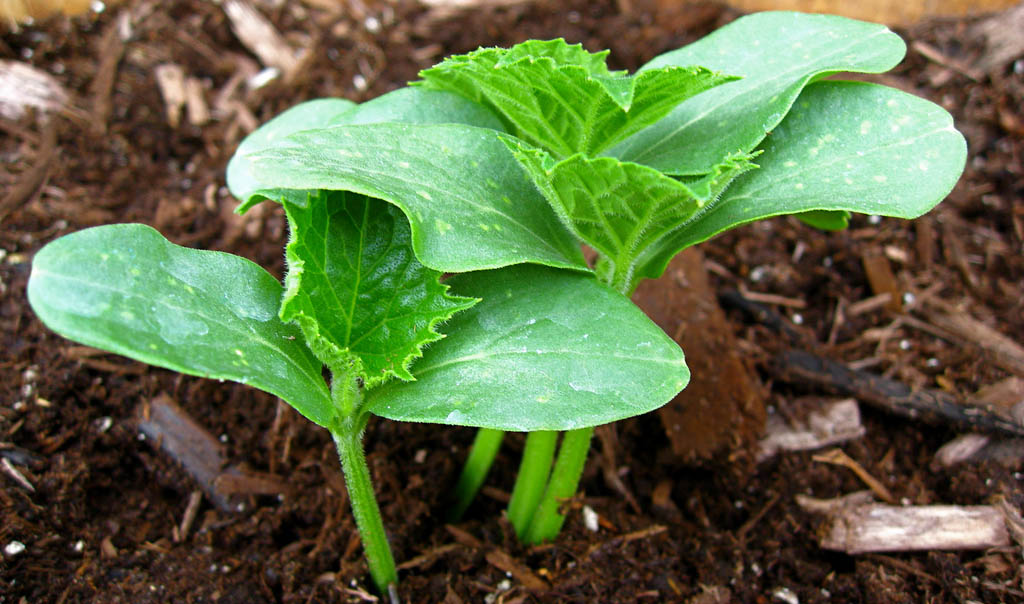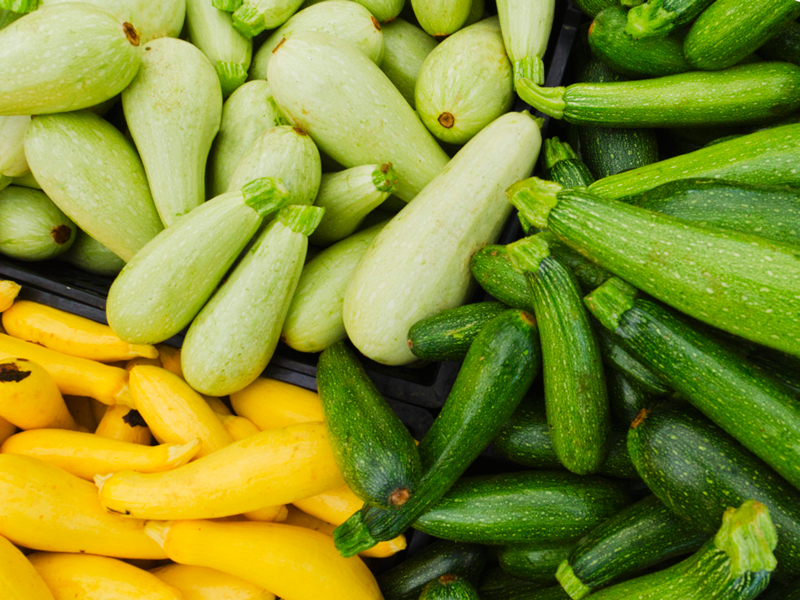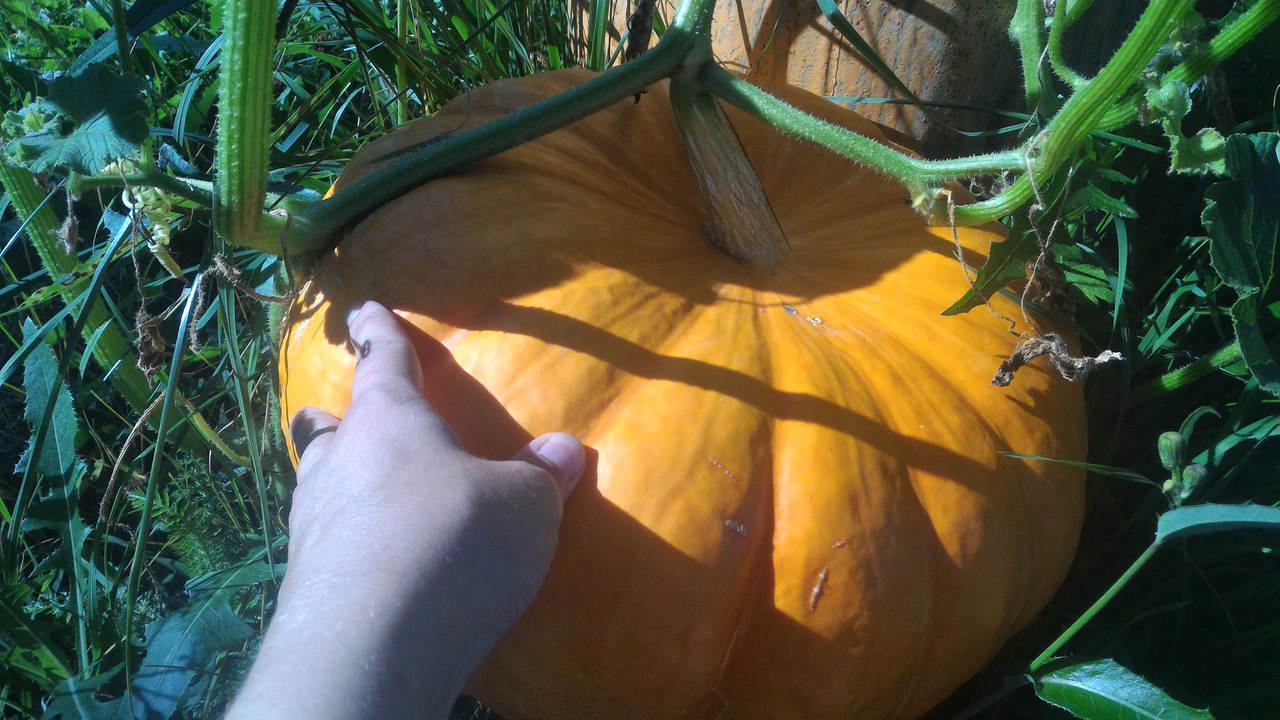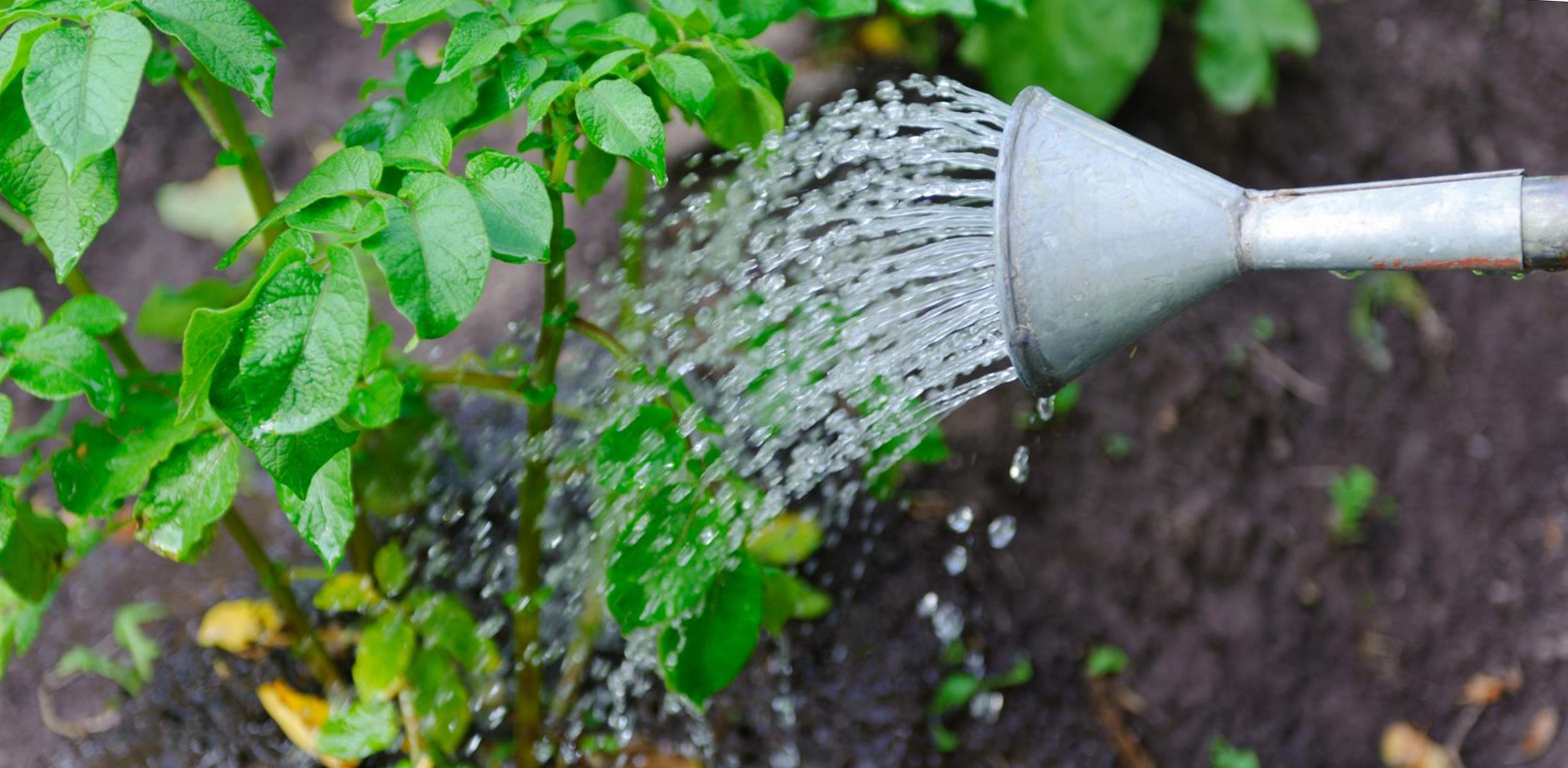Content:
It is quite possible to get exactly the kind of harvest that seed producers promise with proper planting care: watering, weeding, applying top dressing. However, the rules of crop rotation must also be observed, because if they are violated, it is not necessary to expect really high rates even when the soil is saturated with nutrients.
Cucumber yield as a goal
In order for planting cucumbers of any varieties in the open field to produce obviously high-quality greens throughout the season, an optimal combination of the following conditions is necessary:
- The soil must be warmed up up to + 15 ° С, only then all the seeds will sprout together.
- Throughout the season, optimal air temperature + 20 ° + 28 ° C. When the temperature drops, the beds are covered with a film for the night, and when the heat is too strong, shading is organized.
- Maximum density placement of bushes 7 pieces per 1 m2. It is optimal to limit the density to five seedlings in the same area.
- Soil from autumn enrich with fresh manure or in the spring they bring humus before planting.
- It is impossible to loosen the ground around the bushes, since most of the roots lie just at a depth of 5 cm. However, the roots need air, they achieve the necessary looseness and structure of the soil by the correct selection of predecessors. Mulching gives a good result.
- Watering it should be regular and only with water of the same temperature as air. For this, water is harvested in open barrels next to the beds. Pour water under the roots, avoiding getting it on the leaves.
- Collection fruit is performed dailyso that aging greens do not remain on the lashes.
Is it possible to plant cucumbers after cucumbers
The rules of modern agricultural technology do not allow sowing the same crop on the same bed for several years in a row. This applies to cucumbers in full. Since the overwhelming part of the root system of cucumber bushes is located in the upper soil layer, no deeper than 20 cm, after them next year it is best to plant root crops: beets, potatoes, radishes, turnips, carrots. Cucumber plants release phenolic compounds into the soil, taking nitrogen in return. For this reason, in the fall, lashes are not used for compost heaps, they are burned, and the ash is used for feeding the beds.
If you sow the areas vacated from under cucumbers with legumes, then in a year you can get a perfectly restored soil enriched with valuable nutrients. In the third year, it will be possible to plant here tomato, zucchini, onions, bell peppers, corn, or siderates.
Thus, cucumbers are sown on one bed with an interval of 3-4 years.
What is crop rotation and crop rotation
In the modern sense, crop rotation is the process of growing some plants, which is interrupted for resting the soil (fallow) or sowing other crops in these areas. This is a well-defined system with which you can significantly improve the quality characteristics of vegetables and other crops grown.
Crop rotation is understood as the alternation of plants in greenhouses and hotbeds during one calendar year. Thus, the first, second, etc. are replaced during the season. culture rotation. Exchange schemes are designed so as to accurately calculate the timing of spring sowing of seedlings of each crop. If everything is calculated correctly, then you can get the maximum profit by selling early vegetables when they are most expensive on the market.
What are siderates and sideration
Siderata are special plants that are grown specifically to improve the characteristics of the soil. They repel pests, saturate the soil with valuable trace elements, and help improve its aeration. Sideration is the incorporation of specially grown plants into the soil of green mass. Sowing is carried out at standard times, and plowing is performed either immediately before flowering, or during its process.
Due to sideration, it is possible to enrich the soil with starch, nitrogen, and trace elements. Another goal is achieved: the soils become heavier, less prone to blowing away by strong winds. Dead roots are excellent food for earthworms and beneficial microorganisms. If you periodically arrange sideration on the resting beds, then this gives an excellent result, which next year will manifest itself in an excellent harvest.
The best precursors for outdoor cucumbers
The crop rotation scheme must be drawn up for 3-4 years:
- Immediately after the cucumbers on the next year it is best to sow legumes: peas, beans, lentils. These crops will enrich the soil with nitrogen to a great depth, which in the second year will allow you to plant what you want here - the choice will be very large. If legumes are not needed, then you can choose any of the green manure plants: buckwheat, mustard, corn, phacelia. Note that siderates for cucumbers are sown in spring, and also in summer, after harvesting the main crop - this will save a year, and by autumn you will have enough green mass to plow it into the soil.
- On second year sow tomatoes, potatoes, carrots, beets, cabbage, in a word, those crops for which the deeper layer of the soil is more important than the surface layer. It is not forbidden to plant greens - it is also an excellent predecessor. Moreover, preference should be given to root varieties: onions, parsley, celery, parsnips.
- Third year - control, when we plant the best predecessors for cucumbers or pumpkins, zucchini, melons. You can plant legumes again, as well as: garlic, horseradish, bell peppers, tomatoes. You can also plant siderates in the spring under tomatoes and cucumbers, achieving several goals at once.
The drawn up scheme is quite variable, since it is always possible to change some cultures in places with the observance of one most important and immutable rule: we do not plant the same plant (even green manure) in the garden for two years in a row.
